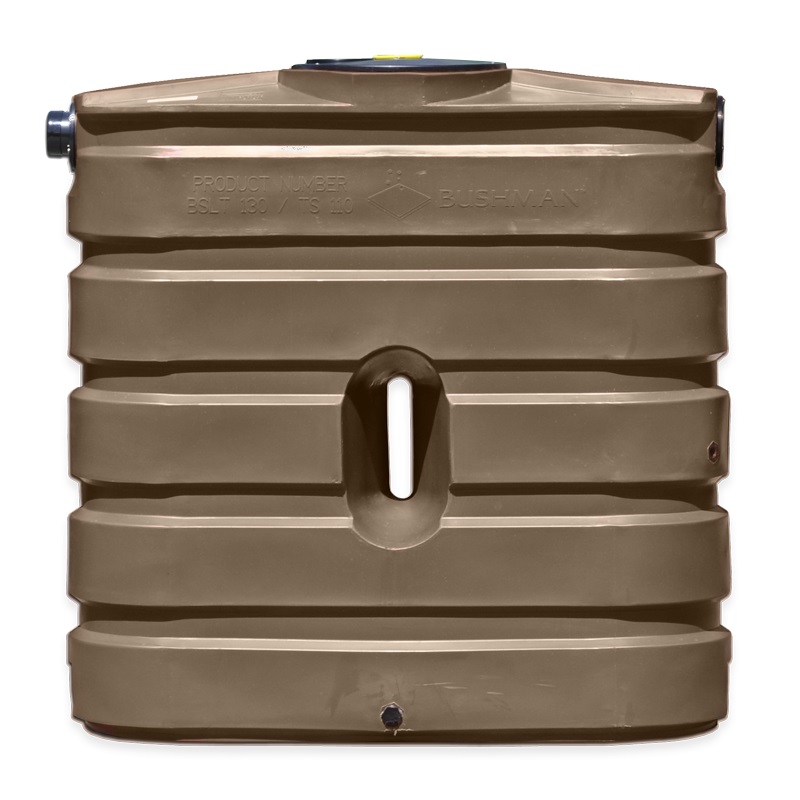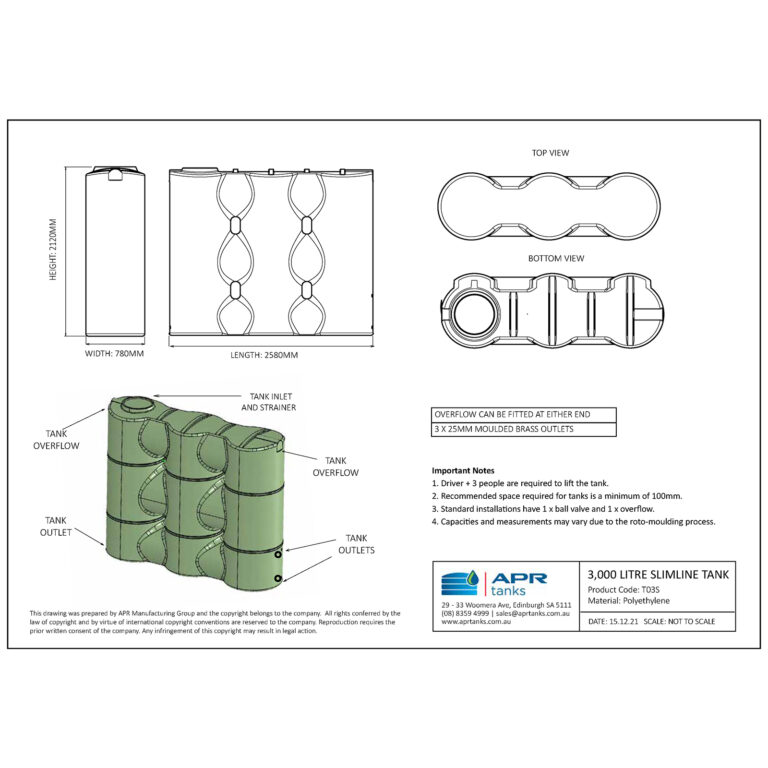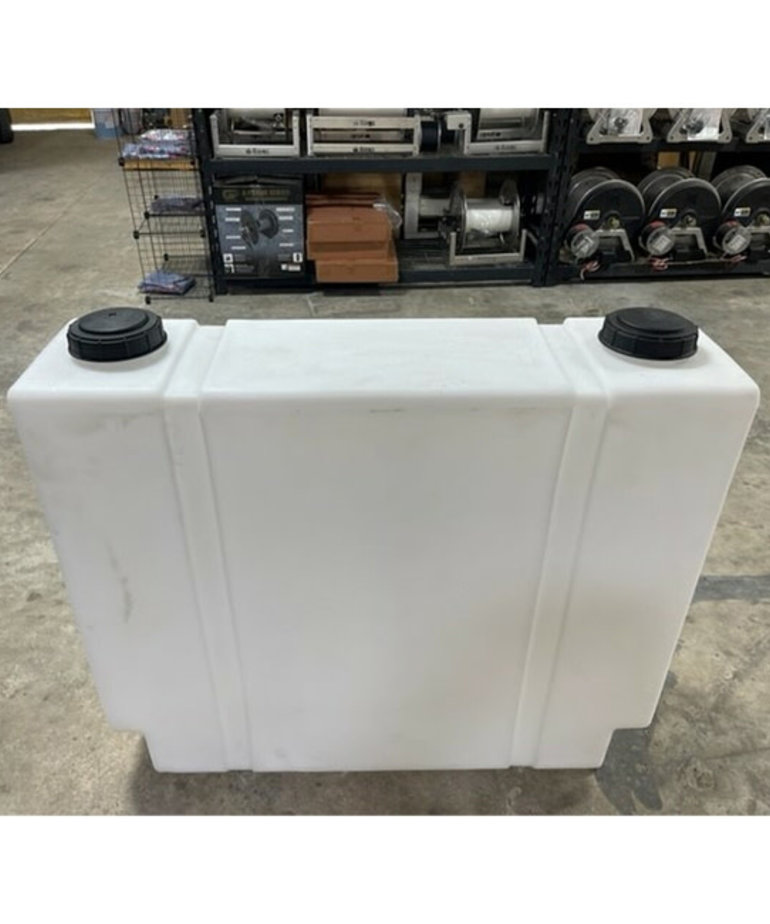Understanding the Significance of Rain Tanks in Drought-Prone Regions for Water Security
In regions susceptible to long term dry spells, the function of rain storage tanks in bolstering water protection is a topic of growing relevance. As areas grapple with the challenges of water deficiency, understanding the value of these storage tanks surpasses simple collection of rainwater. Rainwater containers serve as a vital device in mitigating the effect of water shortages by supplying a lasting source of water for numerous requirements. Nonetheless, real worth of rainwater storage tanks expands far past mere storage space; it encompasses resilience-building procedures and the promo of long-term water preservation strategies. This complex approach to water safety warrants a more detailed examination of the function rain containers play in ensuring a trustworthy water supply during times of dry spell.
Advantages of Rainwater Containers
Making use of rain containers supplies a lasting option for augmenting supply of water and boosting water safety and security in property and business setups. Among the primary benefits of rain containers is their capacity to reduce reliance on keys supply of water. By catching and keeping rainwater that drops on roofs, this alternate source can be used for various non-potable functions such as irrigation, purging commodes, and cleaning clothes. This not just saves treated alcohol consumption water yet additionally lowers water bills for users.

Rainwater Harvesting Methods
Rain collecting strategies encompass a range of approaches made to efficiently collect and keep rainwater for numerous purposes, adding to water preservation and sustainability. One common strategy is the installment of roof catchment systems, where rain is accumulated from the roof covering of a structure and routed to a storage space tank. This approach is fairly easy and cost-effective. Another prominent method is the usage of above-ground or below ground storage tanks to save rainwater for later use. These tanks can be found in numerous sizes and products to suit different requirements and can be connected to the existing pipes system for easy accessibility.

Additionally, rain gardens and permeable pavements are ingenious strategies that involve landscape design or paving surfaces in a means that permits rainwater to percolate into the ground, restoring groundwater reserves. Furthermore, shape farming and terracing are farming methods that help capture rain and stop dirt disintegration in sloping surface. By carrying out these diverse rain harvesting techniques, neighborhoods can enhance water protection and durability in drought-prone areas while advertising lasting water administration methods.
Relevance of Water Safety And Security
Making sure trusted accessibility to tidy and sufficient water sources is extremely important for sustaining human wellness, economic growth, and environmental well-being. Water safety is an essential facet of social durability, particularly in regions at risk to dry spells and water deficiency. Ample water safety incorporates different dimensions, consisting of accessibility, quality, and ease of access of water for residential, agricultural, industrial, and environmental demands.
Water safety plays a vital role in promoting public wellness by minimizing the prevalence of waterborne diseases and making certain hygiene centers. Economically, water safety and security is crucial for farming efficiency, industrial procedures, and overall economic development. Slimline water tanks. Water safety and security is closely connected to environmental sustainability, as it sustains communities, biodiversity, and total environmental equilibrium.
In drought-prone areas, water protection ends up being a lot more essential due to the increased risk of water lacks. Applying techniques like rainwater harvesting, water recycling, and efficient water administration methods can significantly boost water security in these locations. By focusing on water protection, neighborhoods can better withstand the impacts of environment modification, population growth, and various other difficulties that endanger water accessibility.
Enhancing Water Resilience
With raising worldwide water difficulties, developing durability in water supply has actually become a crucial emphasis for lasting growth efforts. Enhancing water strength includes implementing strategies to guarantee water availability and top quality despite transforming ecological problems, such as dry spells, floods, and contamination.
One trick facet of improving water strength is promoting making use of rain containers in drought-prone regions - Slimline water tanks. Rain tanks work as a reliable means of here catching and saving rainwater for later usage, lowering dependence on limited freshwater sources throughout dry periods. By integrating rainwater harvesting systems into water administration plans, communities can enhance their capacity to stand up to water scarcity and preserve water safety and security

Sustainable Water Conservation
Among escalating water obstacles, the prudent monitoring of water resources with lasting preservation techniques is essential for making sure lasting environmental stability and societal well-being. home Lasting water conservation involves the reliable usage of water sources to meet existing requirements without jeopardizing the ability of future generations to meet their very own demands. By executing techniques such as rainwater harvesting, greywater recycling, and water-efficient modern technologies, neighborhoods can lower water wastage and alleviate stress on freshwater sources.
Additionally, sustainable water preservation techniques add to ecosystem wellness by maintaining sufficient water degrees in rivers, lakes, and wetlands, supporting biodiversity, and preserving all-natural habitats. These practices additionally play a vital duty in reducing the impacts of climate modification by aiding to browse around this site adjust to changing rainfall patterns and water accessibility.

Final Thought
Finally, rainwater tanks play a critical role in improving water protection and resilience in drought-prone regions. By making use of rain harvesting techniques, neighborhoods can minimize their dependence on conventional water sources and advertise lasting water conservation techniques. This not just helps reduce the effects of water shortage throughout dry spells yet also adds to long-lasting water safety and strength despite environment change challenges.